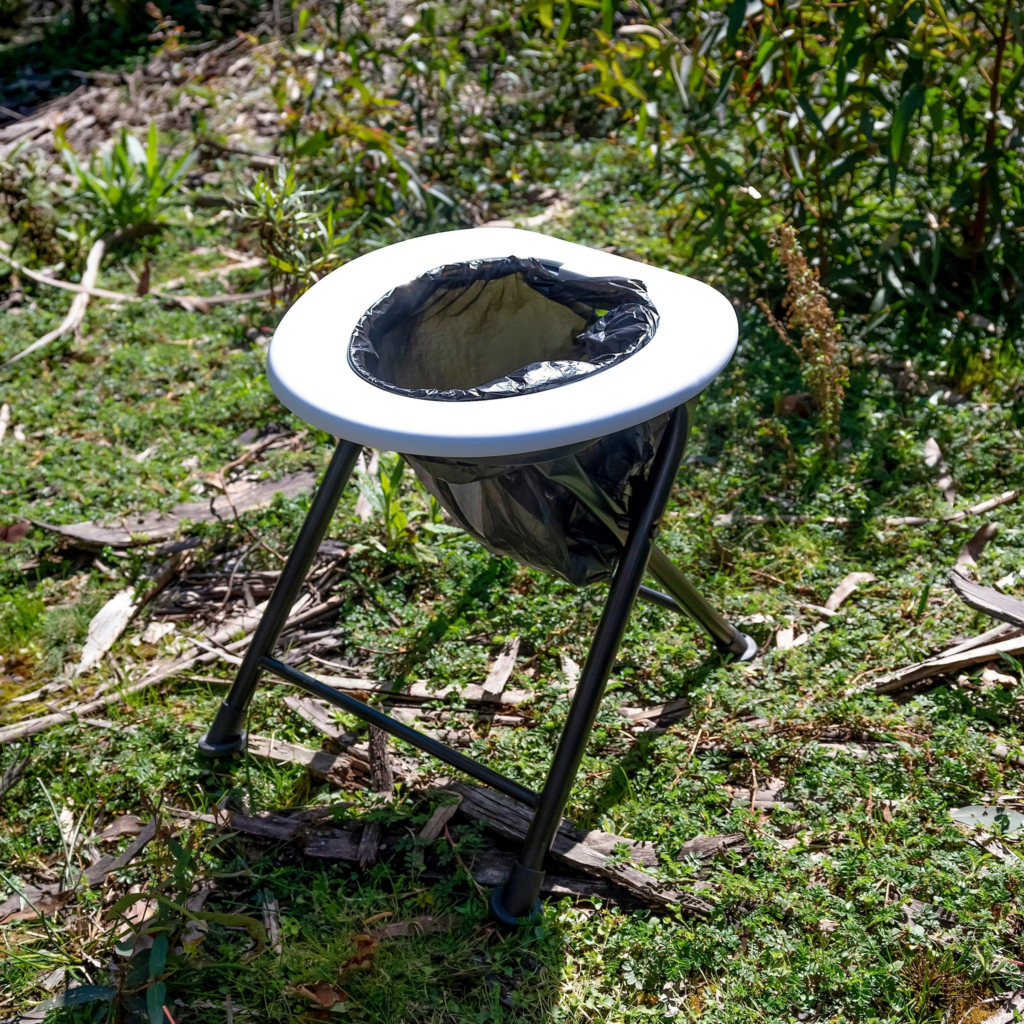A traveler toilet, also known as a portable toilet or camper toilet, is a self-contained toilet that does not require a connection to a sewer system. It is typically used in RVs, boats, and other off-grid locations. Traveler toilets are also popular for camping, hiking, and other outdoor activities.
Travel toilets may not be the most glamorous topic, but they play a crucial role in ensuring comfortable and hygienic travel experiences for people around the world. Whether you’re a globetrotter, a commuter, or just someone who enjoys a road trip, travel toilets are essential.
For your travel comfort, here is all you need to know about the Traveler Toilet.
The History of Traveler Toilets
Traveler toilets have a fascinating history. They were first introduced as a solution for military personnel during World War II. Since then, they have evolved significantly to meet the needs of travelers worldwide.
Types of Traveler Toilets
Dry-flush toilets

A dry-flush toilet is a type of self-contained toilet system that uses a dry, solidifying medium, often in the form of a specially designed bag or cartridge, to encapsulate and contain human waste. This system is designed to eliminate the need for water to flush waste, making it an eco-friendly and water-saving alternative to traditional flush toilets.
Folding toilets

Folding toilets, often referred to as portable or collapsible toilets, are innovative and space-saving solutions for outdoor activities, camping, and other situations where traditional restroom facilities are unavailable. These toilets are designed to be compact and easy to transport, making them a convenient option for those on the go.
Bucket toilets

A bucket toilet, as the name suggests, is a simple yet effective sanitation solution that uses a bucket or similar container to collect human waste. This eco-friendly option offers an alternative to traditional flush toilets and can be used in various settings.
Porta-potty toilets

Porta-potty toilets, also known as portable restrooms, have revolutionized the way we address our basic human needs when conventional facilities are not available. These compact, self-contained units are used in a variety of settings, from construction sites and outdoor events to disaster-stricken areas.
Factors to Consider Before Choosing Traveler Toilets
Type of flush: Gravity flush toilets are the most common and affordable option, but vacuum flush toilets are more efficient and can use less water.
Size: Traveler toilets come in a variety of sizes. Choose a toilet that is the right size for your needs and the space you have available.
Weight: Traveler toilets can be heavy, especially when they are full of waste. Choose a toilet that is lightweight and easy to transport.
Features: Some travel toilets come with additional features, such as a hand sprayer, a built-in sink, and a chemical treatment system. Consider which features are important to you when making your decision.
Also, Read Is Paris Safe For Solo Female Travelers: All You Need to Know
How to Use a Traveler Toilet
- Open the lid and seat.
- Use the toilet paper.
- Flush the toilet.
- Close the lid and seat.
Emptying the Holding Tank
The holding tank should be emptied regularly to prevent it from overflowing. To empty the holding tank, follow these steps:
- Locate the holding tank outlet valve.
- Place a waste disposal hose over the outlet valve.
- Open the outlet valve.
- Drain the waste into a disposal station.
- Close the outlet valve.
- Rinse the holding tank with clean water.
Tips for Using a Travel Toilet
- Use the least amount of water possible when flushing.
- Add a chemical treatment system to the holding tank to reduce odor and bacteria growth.
- Empty the holding tank regularly to prevent it from overflowing.
- Clean the toilet bowl and seat regularly to prevent the spread of germs.
Challenges and Considerations
While traveler toilets offer many benefits, they also come with their own set of challenges and considerations.
Waste Disposal
Proper disposal of waste is a critical consideration. Some traveler toilets use chemicals, while others require regular emptying at designated disposal sites.
Space Constraints
Traveler toilets are compact, but they can still take up precious space, which is a concern for those traveling in smaller vehicles.
Maintenance
Regular maintenance is necessary to keep these toilets in good condition and to ensure hygiene.
FAQs about Traveler Toilets
Are traveler toilets environmentally friendly?
Many travel toilets are designed to be eco-friendly, using biodegradable materials and minimizing environmental impact.
Can traveler toilets be used in extreme weather conditions?
Yes, there are travel toilets designed for extreme weather conditions, ensuring functionality in various environments.
How often do I need to empty a traveler’s toilet?
The frequency of emptying a traveler’s toilet depends on its size and usage. Some may need daily emptying, while others can go longer between disposals.
Can traveler toilets be used by people with mobility issues?
Yes, there are travel toilets with accessibility features to accommodate individuals with mobility challenges.
Are there any health risks associated with using travel toilets?
When used and maintained correctly, travel toilets are sanitary and pose minimal health risks.
Do I need to use chemicals with a traveler’s toilet?
Some travel toilets use chemicals to break down waste and reduce odor, while others may not require chemicals.
